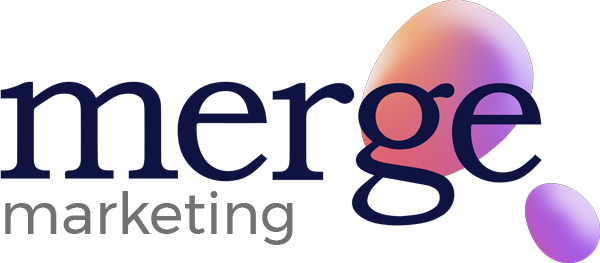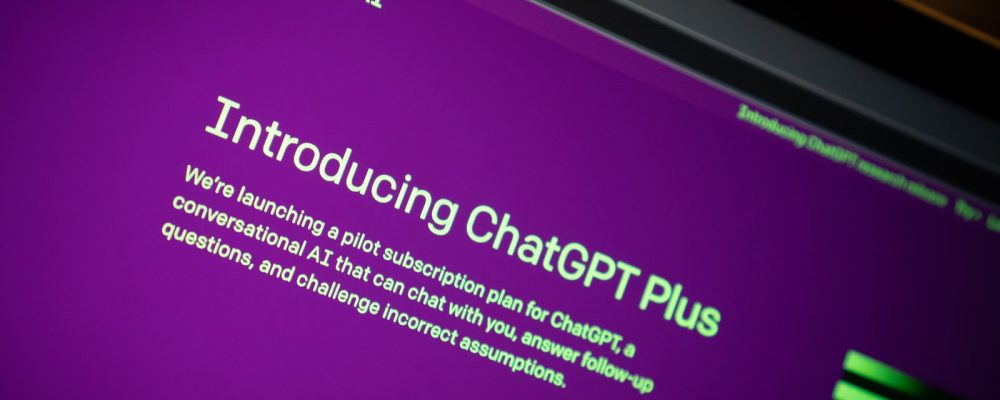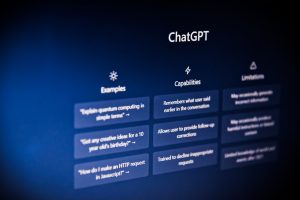Introduction to ChatGPT: A Powerful AI Tool for Chatbot and AI Assistant Marketing
ChatGPT is a powerful language model developed by OpenAI that can generate human-like responses to various inputs. Its capabilities are based on machine learning algorithms that enable it to learn from a large corpus of text data and generate natural-sounding responses to various prompts. ChatGPT can be used for a wide range of applications, including customer service, virtual assistants, content creation, and marketing.
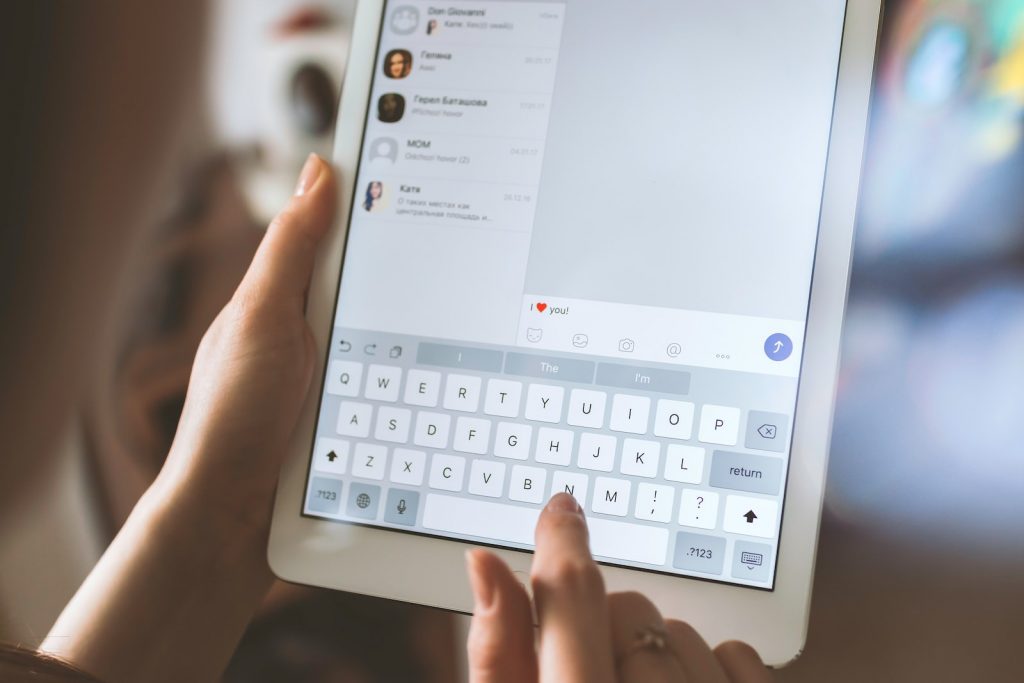

Understanding Chatbots and AI Assistants and How ChatGPT Fits In
Chatbots and AI assistants are computer programs that simulate human conversation using natural language processing (NLP) and machine learning algorithms. They can be integrated into various platforms, including websites, mobile apps, and messaging platforms, to provide users with personalized and interactive experiences. Chatbots and AI assistants can be used for a wide range of applications, including customer service, lead generation, and marketing.
Benefits of Using ChatGPT in Chatbot and AI Assistant Marketing
Chatbots and AI assistants offer several benefits to marketers, including improved customer engagement, increased lead generation, and reduced customer service costs. They can provide personalized and interactive experiences to users, which can improve their overall experience with a brand. Chatbots and AI assistants can also be used to automate repetitive tasks, such as lead qualification and customer support, which can reduce operational costs for businesses.
Types of Chatbots and AI Assistants that Benefit from ChatGPT Integration
There are several types of chatbots and AI assistants that can be used in marketing, including rule-based chatbots, AI-powered chatbots, and virtual assistants. Rule-based chatbots use a pre-defined set of rules to respond to user inputs, while AI-powered chatbots use machine learning algorithms to improve their responses over time. Virtual assistants are advanced AI-powered chatbots that can handle complex tasks and provide personalized recommendations to users.
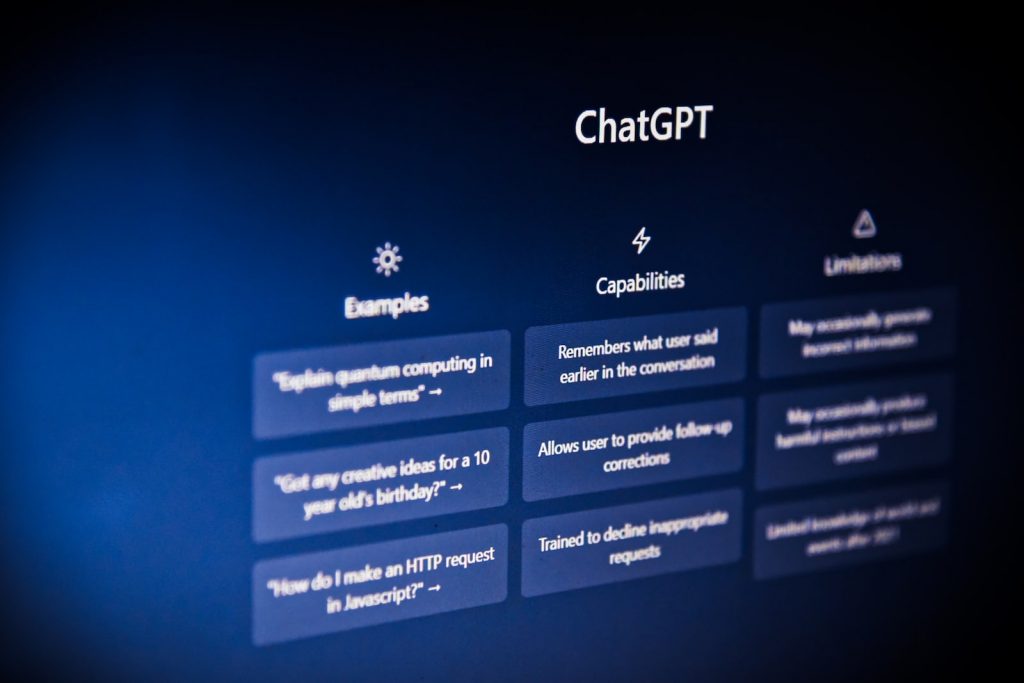

Creating a Chatbot or AI Assistant with ChatGPT: A Step-by-Step Guide
Creating a chatbot or AI assistant for marketing requires a combination of technical and creative skills. The first step is to define the use case and goals for the chatbot or AI assistant. Next, the chatbot or AI assistant needs to be designed and developed using programming languages and frameworks such as Python and TensorFlow. Finally, the chatbot or AI assistant needs to be integrated with the marketing platform and tested to ensure it provides a seamless user experience.
Best Practices for Chatbot and AI Assistant Marketing with ChatGPT
To get the most out of chatbot and AI assistant marketing, it’s important to follow best practices. These include defining clear goals for the chatbot or AI assistant, designing effective conversational flows, creating compelling content, personalising interactions, integrating with other marketing channels, measuring performance, and continuously improving the chatbot or AI assistant based on user feedback.
Designing Effective Conversational Flows with ChatGPT for Improved User Experience
Effective conversational flows are key to creating engaging and personalized experiences for users. They should be designed to guide users through the conversation and provide relevant information or recommendations based on their inputs. Conversational flows should be intuitive and easy to understand, with clear prompts and options for users to choose from.
Creating Compelling Content with ChatGPT for Chatbots and AI Assistants
Compelling content is essential to engaging users and providing them with value. Content for chatbots and AI assistants should be concise, informative, and easy to read. It should also be personalized based on the user’s preferences and needs. Content can include text, images, videos, and interactive elements such as buttons and quick replies.
Personalising Chatbot and AI Assistant Interactions with ChatGPT
Personalising chatbot and AI assistant interactions can significantly improve the user experience. Personalization can be achieved through various techniques, such as using the user’s name, location, and past interactions to provide relevant recommendations and information. Personalization can also be achieved through the use of conversational AI, which can enable the chatbot or AI assistant to understand the user’s intent and context.
Integrating ChatGPT with Other Marketing Channels for Maximum Impact
Integrating chatbots and AI assistants with other marketing channels can help increase engagement and improve the overall user experience. Chatbots and AI assistants can be integrated with various platforms, such as email, social media, and SMS, to provide personalized and interactive experiences to users. Integrating chatbots and AI assistants with other marketing channels can also help businesses streamline their marketing efforts and reduce operational costs.
Measuring Chatbot and AI Assistant Performance and ROI with ChatGPT
Measuring chatbot and AI assistant performance and ROI is essential to understanding their impact on marketing efforts. Metrics such as user engagement, conversion rates, and customer satisfaction can be used to measure the performance of chatbots and AI assistants. Businesses can also measure the ROI of chatbots and AI assistants by comparing the costs of developing and maintaining them to the benefits they provide.
Common Mistakes to Avoid in Chatbot and AI Assistant Marketing with ChatGPT
There are several common mistakes that businesses should avoid when implementing chatbots and AI assistants for marketing. These include overcomplicating the conversational flow, using generic or irrelevant content, ignoring user feedback, and failing to integrate the chatbot or AI assistant with other marketing channels. By avoiding these mistakes, businesses can ensure that their chatbots and AI assistants provide a positive user experience and achieve their marketing goals.
The Future of Chatbot and AI Assistant Marketing with ChatGPT
The future of chatbot and AI assistant marketing looks promising, with advancements in NLP and machine learning technologies enabling more personalized and natural conversations. The integration of chatbots and AI assistants with emerging technologies such as voice assistants and augmented reality also presents new opportunities for marketers. As the use of chatbots and AI assistants becomes more widespread, businesses that embrace these technologies will have a significant competitive advantage.
Conclusion and Next Steps for Chatbot and AI Assistant Marketing with ChatGPT
Chatbots and AI assistants offer a range of benefits to marketers, including improved customer engagement, increased lead generation, and reduced operational costs. To create effective chatbots and AI assistants for marketing, businesses should follow best practices such as defining clear goals, designing effective conversational flows, creating compelling content, and personalising interactions. By continuously measuring and improving the performance of their chatbots and AI assistants, businesses can achieve their marketing goals and provide a positive user experience.
